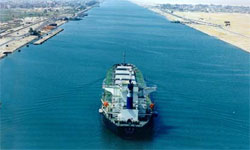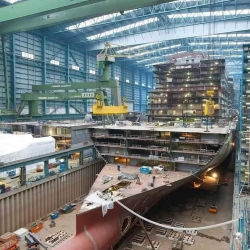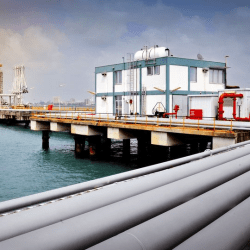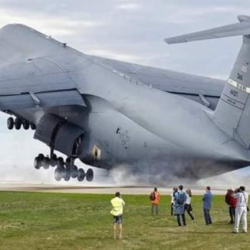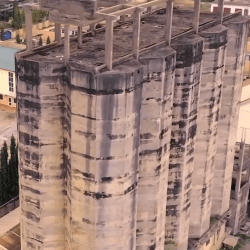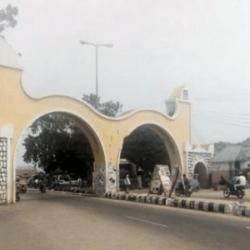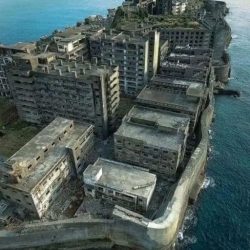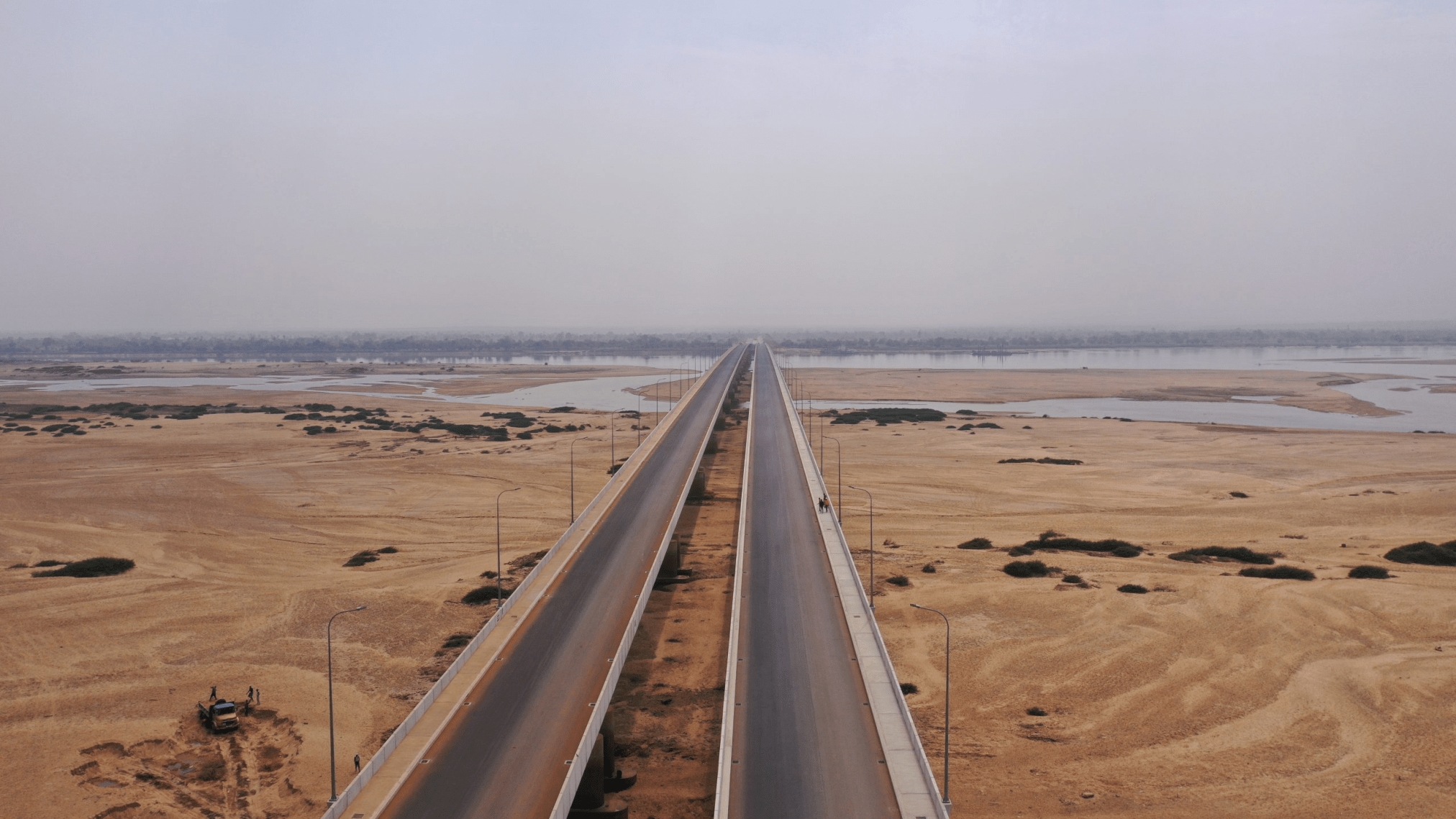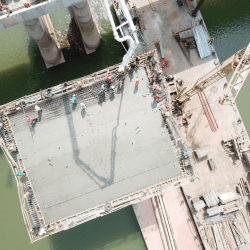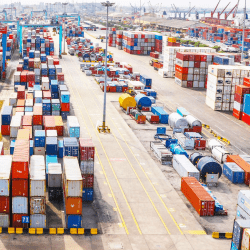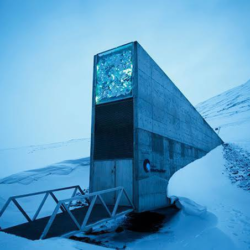The “Parthenon” was an Ultra Large Crude Carrier (ULCC), one of the largest oil tankers ever built, with a deadweight tonnage (DWT) of 409,400. This massive vessel had a fascinating history, undergoing multiple name changes and ultimately being scrapped after more than two decades of service.
1. Origins and Construction
- The vessel was originally launched in 1978 under the name “Nai Superba”.
- Built during the era of super-sized oil tankers, it was designed to transport vast amounts of crude oil across the globe.
- At the time of its construction, ULCCs were among the largest moving structures on Earth.
2. Name Changes and Ownership History
Throughout its operational life, the vessel changed hands and was renamed several times:
| Year | Name | Remarks |
|---|---|---|
| 1978 | Nai Superba | Original name at launch |
| 1989 | Zenith Hera | Renamed after change in ownership |
| 1991 | Nanny | Another rebranding during the early 1990s |
| 1995 | Parthenon | One of its last operational names |
| 1997 | Sea Splendour | Final name before scrapping |
Such frequent name changes were common for large tankers as they were sold, leased, or rebranded by different shipping companies.
3. Operational Significance
- As a ULCC, the Parthenon was built to transport huge volumes of crude oil, often operating on long-haul routes between the Middle East, Europe, and Asia.
- ULCCs like the Parthenon played a critical role in global energy supply chains, ensuring the continuous transport of oil during the late 20th century.
- However, as new environmental regulations and more efficient tanker designs emerged, many older ULCCs were phased out.
4. Final Years and Scrapping
- By the late 1990s, the Parthenon (then renamed “Sea Splendour”) had become obsolete compared to modern oil tankers.
- The ship was decommissioned and sent to Chittagong, Bangladesh, for scrapping—a common fate for retired oil tankers.
- On December 31, 2001, it was officially dismantled at one of Chittagong’s shipbreaking yards, marking the end of its 23-year career.
Legacy of Ultra Large Crude Carriers
The Parthenon was part of a generation of massive oil tankers that shaped global trade. While newer ships are more efficient and environmentally friendly, ULCCs like the Parthenon remain an important part of maritime history.
The Legacy of Ultra Large Crude Carriers (ULCCs) and Modern Oil Transportation
The Parthenon (Sea Splendour) was just one of many Ultra Large Crude Carriers (ULCCs) that played a crucial role in global oil transportation. These massive ships dominated the seas for decades, carrying millions of barrels of crude oil between continents. However, as environmental regulations, new technologies, and economic factors evolved, the era of the supergiant oil tanker started to decline.

- The Role of ULCCs in Global Trade
- The Largest Supertankers Ever Built
- Shipbreaking in Chittagong and the Scrapping Process
- Modern Oil Tankers and Future Innovations
1. The Role of ULCCs in Global Trade
Why Were ULCCs Built?
- The oil crisis of the 1970s forced shipping companies to seek cost-effective ways to transport oil over long distances.
- ULCCs were designed to maximize cargo capacity, reducing the cost of transport per barrel of oil.
- They were primarily used on long-haul routes between oil-rich regions (Middle East, Africa) and consuming markets (Europe, Asia, North America).
Advantages of ULCCs
✅ High capacity – Can carry 2 to 4 million barrels of oil in a single voyage.
✅ Fuel efficiency – Transporting oil in larger quantities reduced cost per barrel.
✅ Fewer port stops – Fewer refueling and offloading points reduced logistical delays.
Challenges of ULCCs
🚢 Size limitations – Many ports and canals (e.g., Panama, Suez) could not accommodate these massive vessels.
🌍 Environmental risks – The risk of catastrophic oil spills was higher due to the sheer volume of crude carried.
⚓ Storage Issues – Some ULCCs ended up being used as floating storage units rather than active transport ships.
2. The Largest Supertankers Ever Built
While the Parthenon was a massive ship, it was not the largest ULCC in history. Here are some of the biggest crude oil carriers ever built:
| Ship Name | DWT (Deadweight Tons) | Year Built | Status |
|---|---|---|---|
| Seawise Giant (Knock Nevis) | 564,763 | 1979 | Scrapped in 2010 |
| Pierre Guillaumat | 555,051 | 1977 | Scrapped in 1983 |
| Batillus | 553,662 | 1976 | Scrapped in 1985 |
| Esso Atlantic | 516,421 | 1977 | Scrapped in 2002 |
| TI Class Supertankers | 441,893 | 2003 | Converted to FPSO* |
(*FPSO = Floating Production Storage and Offloading unit)
💡 Fun Fact: The Seawise Giant (Knock Nevis) was so large that it could not pass through the English Channel, the Panama Canal, or the Suez Canal. It was primarily used for long-haul transport between the Persian Gulf and East Asia.
3. Shipbreaking in Chittagong: The End of a Supertanker’s Life
Once ULCCs become too expensive to maintain or are no longer needed, they are sent to shipbreaking yards—with Chittagong, Bangladesh, being one of the world’s most active locations for scrapping retired ships.
The Shipbreaking Process
- Anchoring and Beaching – The ship is run aground on a mudflat beach.
- Oil and Hazardous Materials Removal – Toxic substances, fuel, and lubricants are extracted.
- Cutting and Dismantling – Workers manually cut apart the vessel using torches.
- Metal Recycling – Steel and other materials are melted down for reuse in construction.
Environmental and Safety Concerns
🚧 Toxic waste leakage – Asbestos, oil residues, and other harmful substances can pollute the environment.
👷 Unsafe working conditions – Many workers dismantle ships without proper protective gear, leading to accidents.
♻️ Recycling benefits – Despite risks, shipbreaking recycles millions of tons of steel, reducing the need for mining.
4. Modern Oil Tankers and Future Innovations
While ULCCs are becoming rarer, modern Very Large Crude Carriers (VLCCs) are still widely used in oil transport.
Current Trends in Oil Tanker Design
✔ VLCCs (200,000–320,000 DWT) are now the preferred size, balancing cost and port accessibility.
✔ Double-hulled tankers improve safety by reducing the risk of oil spills.
✔ LNG-Powered Oil Tankers are being developed to reduce emissions.
The Future of Oil Tankers
🔸 Autonomous Ships – Companies are investing in AI-powered navigation to reduce crew costs.
🔸 Floating LNG Terminals – Instead of transporting oil, some companies are shifting to floating gas terminals.
🔸 Renewable Energy Shipping – Some research is focused on wind-powered cargo ships to cut fuel consumption.
From Giants to Sustainability
The era of ULCCs like the Parthenon defined global oil transportation, but modern industry trends are shifting toward smaller, more efficient, and eco-friendly vessels. While shipbreaking remains controversial, it is an essential part of the shipping lifecycle, ensuring that retired tankers are repurposed rather than abandoned.
